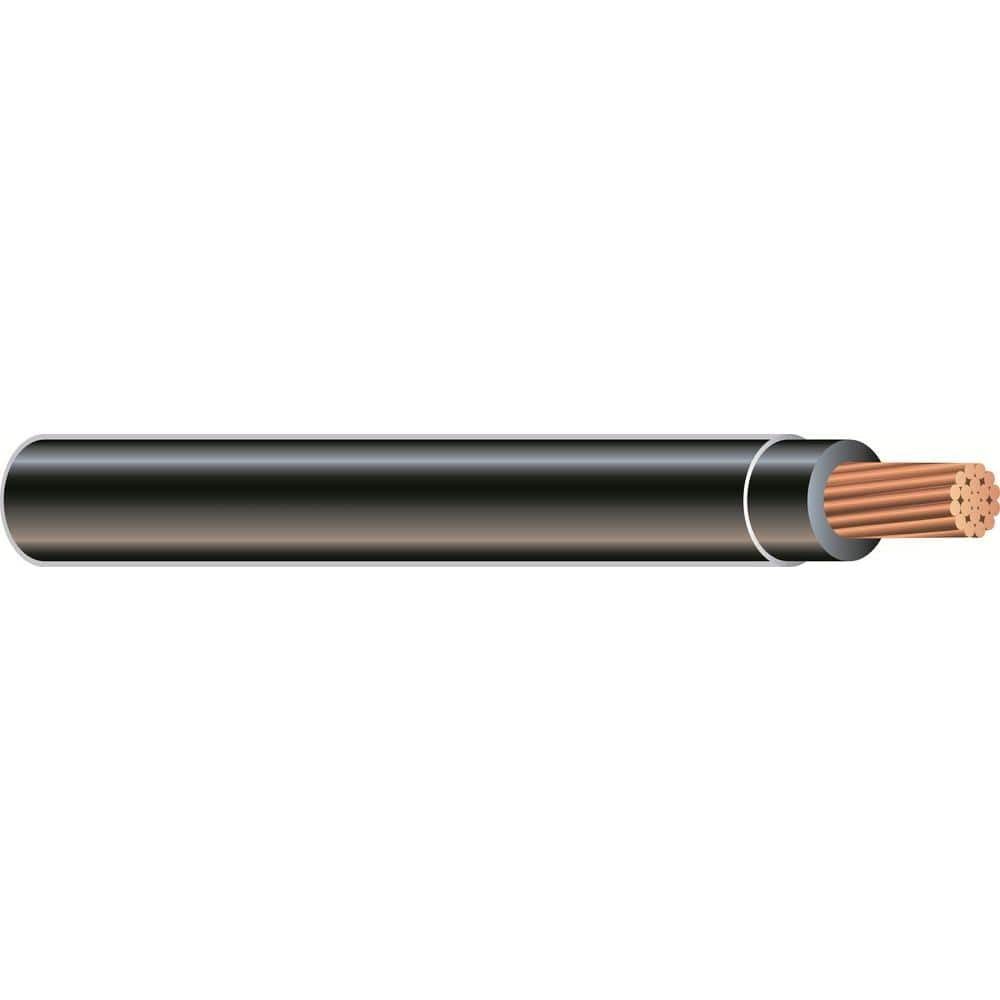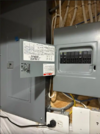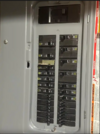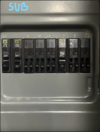well, crap. Maybe they should have provided a ethernet port if the wifi implementation is that finicky. Devices that still insist on 2.4 in this day ought to be run through the wood chipper.If you are talking about the WiFi connection from the unit to your home AP, then consider:
- The network you connect to must be 2.4 GHz, not 5Ghz
- It must not be a Mesh network
- WPA3 is also a problem
- Use your phone to check the strength of the WiFi signal at the location of the connector.
Welcome to Tesla Motors Club
Discuss Tesla's Model S, Model 3, Model X, Model Y, Cybertruck, Roadster and More.
Register
Install the app
How to install the app on iOS
You can install our site as a web app on your iOS device by utilizing the Add to Home Screen feature in Safari. Please see this thread for more details on this.
Note: This feature may not be available in some browsers.
-
Want to remove ads? Register an account and login to see fewer ads, and become a Supporting Member to remove almost all ads.
You are using an out of date browser. It may not display this or other websites correctly.
You should upgrade or use an alternative browser.
You should upgrade or use an alternative browser.
Installing Wall Charger vs Mobile Connector
- Thread starter YoYoMa
- Start date
though to be fair, I've never used the spare tire in the vehicle, yet it's not pleasing to give that up with recent cars. Having the portable is good security blanket on road trips. (If on a non Tesla, I think it would be nearly essential insurance)Another thing worth asking yourself is whether you need a mobile connector for any other reason. I would argue that most people do not. It would be useful if you want to be able to plug in at a relative's house, or perhaps a work location that doesn't have actual EV charging installed, or if you like to camp where there might be RV hookups and want to plug in there.
I've had three different EVs over the last 11 years, and I've had a portable EVSE for all of them. The number of times I've used them can be counted on my fingers, and not at all in the last 5 years.
ATPMSD
Active Member
LOL. 2.4 Ghz is still very common as the range is much greater than 5 Ghz. Almost all routers run both 2.4 Ghz and 5 Ghz and generally allow you to setup another SSID with the required settings.well, crap. Maybe they should have provided a ethernet port if the wifi implementation is that finicky. Devices that still insist on 2.4 in this day ought to be run through the wood chipper.
ATPMSD
Active Member
Having the portable is good security blanket on road trips.
True, but I would not use this as the basis in deciding to go with the MC or WC are home. If you feel the need then just buy one for the car and leave it there. But consider, with so many public L2 chargers available, will you really every use it? Your call, of course.
No sir. Romex is UM, so the sheath is not supported at the temps THHN is. Romex/UM is 60c rated. You'd need 4/3 to get there, and good like finding that. 6/3 is only good to 55 amps (memory, go check), and that's too tight for WC. Fine for MC though! You can use SER cable in most cases. You have to ensure your connectors are rated to higher temps, bit if you cover that something like 6-6-6-6 should get you home. EG: My homeline breakers are rated to allow 75C, if I hardware to a device that's also 75C rated SER can be used at that temp. Which in copper is 65 amps.I was curious about this. AFAIK Romex is basically bundled THHN wire sheathed in PVC.
LOL. 2.4 Ghz is still very common as the range is much greater than 5 Ghz. Almost all routers run both 2.4 Ghz and 5 Ghz and generally allow you to setup another SSID with the required settings.
In real life that's what you see. What's really happening is 2.4 penetrates intermediate barriers better. In an open field they would do relatively similarly (as I recall, but it's been a while).
Meaning 2.4 is often more reliable than 5! Given this application is low bandwidth and very low use I see 2.4 as the right selection for the purpose.
Now there are lousy 2.4 chipsets, and 2.4 is a real problem in an appt building, but that's another discussion.
As far as GFCI it does protect the equipment. It's there to protect people from injury or worse. If you install an outlet without GFCI, and someone is injured or worse in your home, your insurance may not cover it. That would be a very very bad situation.
The idea to turn off the breaker each time before you unplug is not a good idea. You only need to forget once or have a guest that doesn't know the procedure. Have the work permitted and inspected and you will avoid trouble.
The idea to turn off the breaker each time before you unplug is not a good idea. You only need to forget once or have a guest that doesn't know the procedure. Have the work permitted and inspected and you will avoid trouble.
it depends how long from your main panel.
if its close, i think its fine with either hardwire tesla charger or 14-50.
if its far, tesla hardwire is cheaper since it use 6/2 wire instead of 6/3 required for 14-50. It give you flexibility of connecting RV, same wire can also upgrade to 60A later, or even you want to do a tesla charger is fine. Drawback is charging speed is slower with a mobile charger, but it still much better than 110v and should be sufficient IMO.
you cannot change the tesla wall charger into 14-50.
if its close, i think its fine with either hardwire tesla charger or 14-50.
if its far, tesla hardwire is cheaper since it use 6/2 wire instead of 6/3 required for 14-50. It give you flexibility of connecting RV, same wire can also upgrade to 60A later, or even you want to do a tesla charger is fine. Drawback is charging speed is slower with a mobile charger, but it still much better than 110v and should be sufficient IMO.
you cannot change the tesla wall charger into 14-50.
exxxviii
Member
Funny trivia, GFCI doesn’t protect against injury, only death. It only takes a few mA through you heart to kill you. Otherwise you would barely notice 10 mA. So, it’s nothing or death.It's there to protect people from injury or worse. If you install an outlet without GFCI, and someone is injured or worse in your home…
sidewinder
Member
i plan on running about 35ft of two 6ga (hot) and one 10ga (ground) THHN from a 60a breaker to the wall charger (in a conduit of course). do you think a 10ga is good enough for ground or should it be 8ga? also curious as to why breaker temperature spec would matter in this case if wiring will be only used to draw 48a max connected to the wall charger which is no where near the capacity of the breaker/wire.
This is what i'll be using
hot (x2)

Southwire (By-the-Foot) 6 Black Stranded CU SIMpull THHN Wire 20493399 - The Home Depot
Southwire's THHN and THWN-2 is a multi-purpose building wire used in conduit and cable trays for service, feeders and branch circuits in commercial and industrial applications. It is also used as a conductorwww.homedepot.com
ground (x1)

Southwire By-the-Foot 10 Black Stranded CU THHN Wire 22973299 - The Home Depot
Southwire's THHN and THWN-2 is a multi-purpose building wire used in conduit and cable trays for service, feeders and branch circuits in commercial and industrial applications. It is also used as a conductorwww.homedepot.com
i can confirm that after further research it is fine to use a higher temp rated wire ...in this case THHN rated at 90c on a 65c or 75c rated breaker. just not the other way around like using a 60c rated wire on a 75c rated breaker.
Also this thread seems to confirm 6ga THHN hot with 10ga ground.
HPWC ground wire gauge
I am installing the HPWC with a 60 amp breaker and using THHN 6 gauge wire for my hot legs. What gauge should I use for the ground wire... I was going to use 10 gauge THHN wire?
Last edited:
I definitely wouldn't want death.Funny trivia, GFCI doesn’t protect against injury, only death. It only takes a few mA through you heart to kill you. Otherwise you would barely notice 10 mA. So, it’s nothing or death.
I was trying to steer away from that word
ATPMSD
Active Member
GFCI doesn’t protect against injury, only death.
Seems like death is a pretty severe injury!
exxxviii
Member
I can't argue that point.Seems like death is a pretty severe injury!
shyboy
Member
Because some folk (like myself) need to upgrade the service and panel, which cost around $6k to get the wall charger installed.On a 60k+ EV, I’m not sure why anyone wouldn’t install a WC. Seems short sided, just install the ideal equipment. I did use 6/3 wire in case I ever need to change the WC out for different equipment.
Tesla advertised $6k gas savings over 5 years. if you panel can't accommodate the new breaker your more than 5 years of gas savings are gone.
ATPMSD
Active Member
On a 60k+ EV, I’m not sure why anyone wouldn’t install a WC. Seems short sided, just install the ideal equipment. I did use 6/3 wire in case I ever need to change the WC out for different equipment
I suggest it is because the WC is cheaper to install than the MC. It also delivers a higher charge rate on a 50A circuit. Also, people need to think about their next EV. When it comes to pulling wire you really do not want to pay for it twice. Sounds like you did think about this and pulled 6/3 wire!
Do you have a 200 amp service?Because some folk (like myself) need to upgrade the service and panel, which cost around $6k to get the wall charger installed.
Tesla advertised $6k gas savings over 5 years. if you panel can't accommodate the new breaker your more than 5 years of gas savings are gone.
Magnus0322
Member
I have a Unifi U6 extender in my kitchen that extends WiFi to my Tesla and the Tesla Wall Connector. It's set up as a wireless mesh and there's zero issues with the car or the wall connectorwell, crap. Maybe they should have provided a ethernet port if the wifi implementation is that finicky. Devices that still insist on 2.4 in this day ought to be run through the wood chipper.
i plan on running about 35ft of two 6ga (hot) and one 10ga (ground) THHN from a 60a breaker to the wall charger (in a conduit of course). do you think a 10ga is good enough for ground or should it be 8ga? also curious as to why breaker temperature spec would matter in this case if wiring will be only used to draw 48a max connected to the wall charger which is no where near the capacity of the breaker/wire.
I always assume the lowest common denominator in my system and follow the rating chart for that temperature.
Assume that'll your even sell the house when you die or your grandkids will inherit it. So 100 years from now they could have some new age device that they'll connect to those wires. If it's not sized properly to spec, it could cause a fire. So we never rely on the ratings of the load device to keep our installation within tolerance. Always make sure the installation is fully to spec. 6ga + 10awg ground THHN is to spec, so you should be fine.
shyboy
Member
yes I do, but multiple electrician told me that my panel is already overloaded and I need to get a new panelDo you have a 200 amp service?
Main panel total of all breakers
Main Panel
Left || Right
400 || 385
Subpanel
200
Attachments
Similar threads
- Replies
- 40
- Views
- 2K
- Replies
- 4
- Views
- 1K
- Replies
- 5
- Views
- 184





